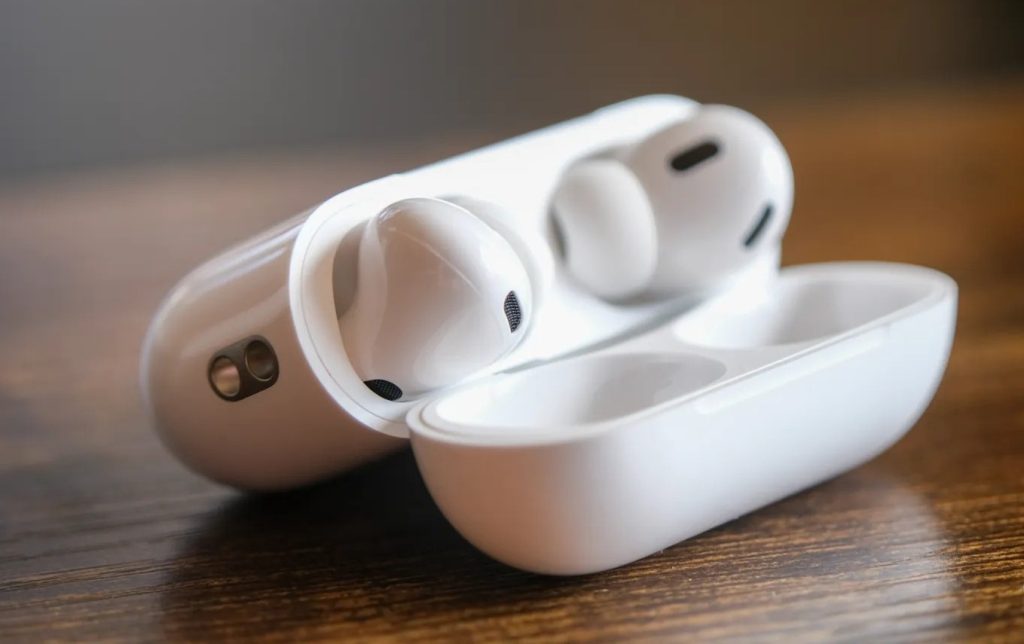Oct
22
Apple announced a trio of major new hearing health features for the AirPods Pro 2 in September, including clinical-grade hearing aid functionality, a hearing test, and more robust hearing protection. All three will roll out next week with the release of iOS 18.1, and they could mark a watershed moment for hearing health awareness. Apple is about […]
